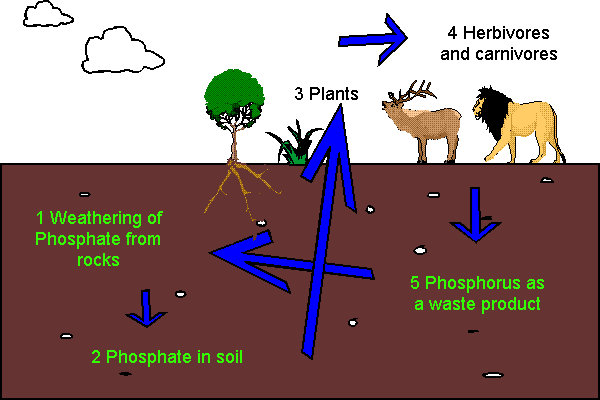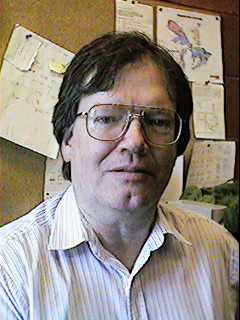
(Acknowledgements to the Marine Institute of of memorial University of Newfoundland for the phosphorus cycle scan)
From: Prof. Peter Dillon FRSC, Trent Univ., Ontario
Sent: Monday, November 14, 2005 11:00 AM
To: Shalom M. Mandaville
Cc: Prof. John Smol FRSC (PEARL-Queens Univ.); John K. Underwood PhD (former limnologist-NSEL); NSEL-Water Line
Subject: Phosphorus analytical inaccuracies
Hello Shalom
However, in the interim, I will try to clarify a few points, just to be sure that we are all on the same page. What I originally said was that P measurements reported by many labs in the '60's and '70's were often suspect. I know this for a fact as I conducted blind QA/QC tests on the Ont Min Envir in the mid-70's and, quite bluntly, our lab failed miserably. Results were too high most of the time, often 2 to 5x the real value. I also carried out some testing on other govt. labs with poor results. Detection limits in most labs were often 0.01 or 0.02 mg/L, i.e. 10 or 20 ug/L, which is of course useless if your study site has 5 ug/L. Part of the problem was that the focus before this was on waste effluents (our OME started as the Water Resources Commission and was responsible for sewage treatment in Ontario and did virtually nothing else - the OME only began in 1971 or 1972). Also, most good chemical work was being done on oceanography then and good results were achieved, but the oceans don't have a few ug/L TP as many lakes do, so those labs didn't have to push detection limits down.
 By about 1977 or 78, OME was producing good TP results for my studies - we had set up a low-level P lab specifically for my work at Dorset and Sudbury. However, the rest of the Ministry was getting along with much poorer results than we were achieving - better than the early '70's but still not great. In the early '80's the Great Lakes group pushed for low level P analyses as we had done earlier, and finally the Ministry lab acceded and switched to comparable methods for the rest of the Ontario work.
By about 1977 or 78, OME was producing good TP results for my studies - we had set up a low-level P lab specifically for my work at Dorset and Sudbury. However, the rest of the Ministry was getting along with much poorer results than we were achieving - better than the early '70's but still not great. In the early '80's the Great Lakes group pushed for low level P analyses as we had done earlier, and finally the Ministry lab acceded and switched to comparable methods for the rest of the Ontario work.
I believe that similar situations existed in most labs. There are probably a few exceptions, but bear in mind that most govt. labs have large numbers of samples to analyze and low-level P was, at that time, very labour-intensive - this pre-dated standard use of auto-analyzers.
I'm sure that John Underwood would agree that P analyses in the '60's and much of the '70's were often inaccurate, often imprecise. We all,of course, went through the same thing with SO4 analyses - the first of our data that I use are from 1980 - prior to that the data are quite useless unless the water had very low DOC, e.g. precipitation data are good, almost all lakes and streams are not.
There is a certain amount of art to P analyses. Unlike some trace elements, contamination is commonplace as P is ubiquitous in the environment, in the labs, etc. I still routinely see consultant's documents reporting P levels that I know are ridiculous. A few years ago, I was involved in a study with a group that was contesting a consultant's report (one of the biggest environmental consulting companies in the country) and it was obvious that the company's P analyses were nonsense. It was very simple to demonstrate this and their whole argument went out the window. As I'm sure you are aware, few consulting companies do their own analyse any more - its now, in a way, centralized in just a few companies or done for fees by govt. or academic labs.
If you have any other questions, I'd be glad to address them.
Sincerely
Peter Dillon
bcc'd to govt. offices, consultants. etc.
We salute the Chebucto Community Net (CCN) of Halifax, Nova Scotia, Canada for hosting our web site, and we applaud its volunteers for their devotion in making `CCN' the best community net in the world!